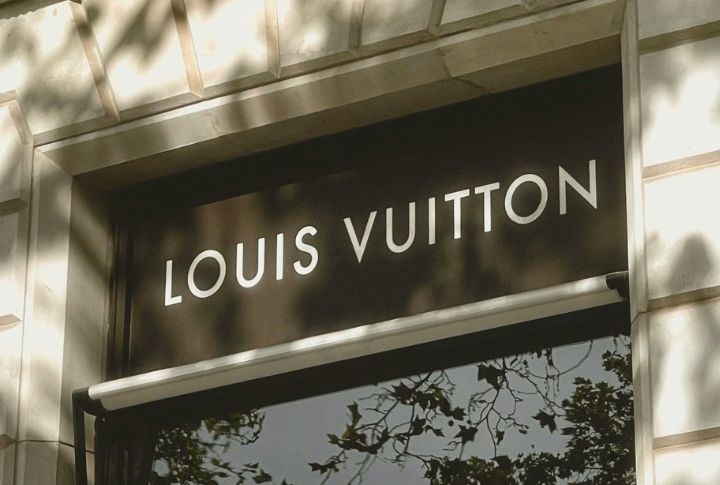
When you think of luxury fashion, what name springs to mind? For many, it’s Louis Vuitton—the peak of elegance and style. But how much do you really know about this iconic brand? You might be surprised to learn that its history is as multifaceted as its designs. Here are ten strange facts about Louis Vuitton that may have you flabbergasted.
Louis Vuitton Was Poor Growing Up
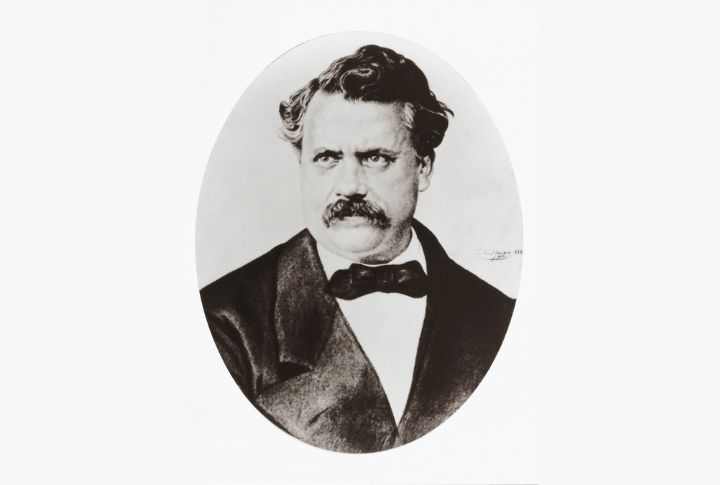
Louis Vuitton wasn’t born into wealth. Born in Anchay, France, in 1821, his father was a farmer, and his mother worked as a milliner. After his mother’s passing and a complicated relationship with his stepmother, Vuitton left home at 13 and embarked on a journey to Paris on foot.
Vuitton’s Journey to Paris
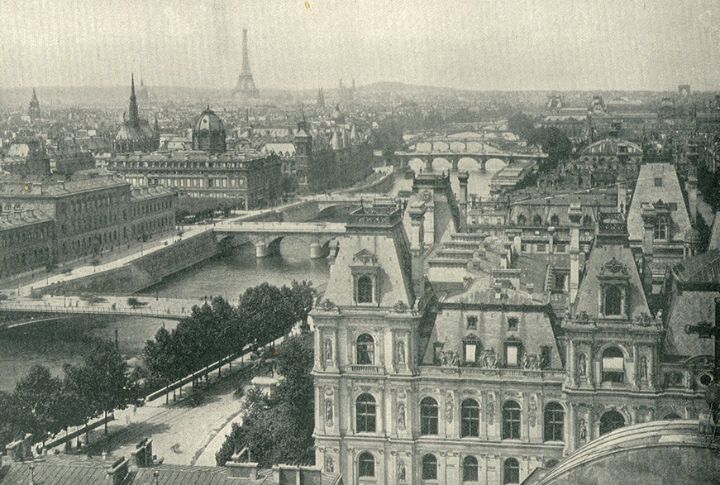
At just 13, Vuitton set out from his small hometown, trekking 300 miles to Paris. Along the way, he picked up various odd jobs to survive. This difficult two-year journey eventually brought him to the city, where his career would begin and flourish in unexpected ways.
A Royal Connection
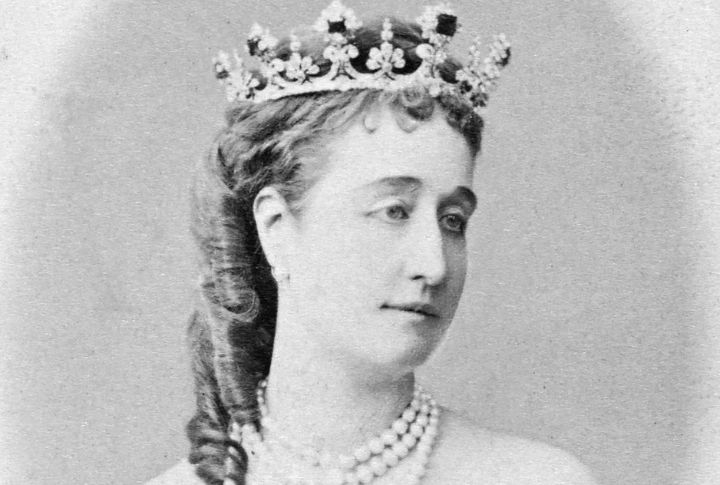
Vuitton’s craftsmanship soon caught the eye of French royalty. In the mid-19th century, he was appointed as a personal box-maker for Empress Eugénie, wife of Napoleon III. This prestigious role solidified his status among the elite, giving Vuitton access to a world of luxury.
First Branded Trunk Design
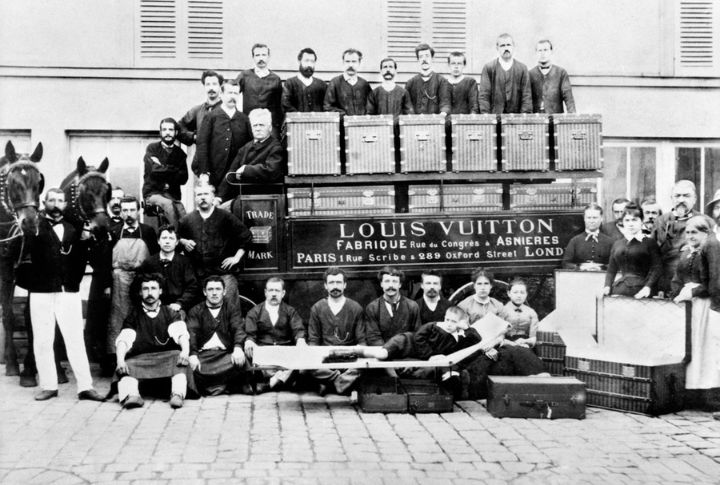
In 1858, Vuitton launched his first branded trunk design. His revolutionary flat-topped steamer trunk was easier to stack and waterproof, which makes it ideal for travel. Unlike the now iconic LV monogram, his early creations featured a practical gray canvas covering called Trianon.
Combating Counterfeits Early On
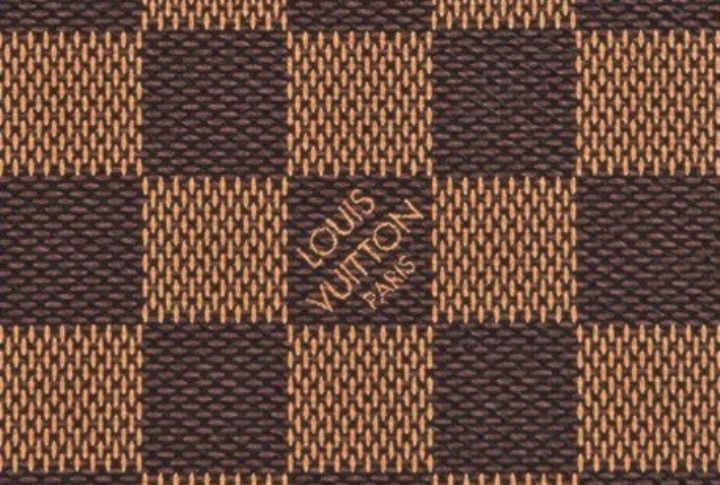
By the late 19th century, counterfeiting had already become a problem for Louis Vuitton products. In response, Vuitton introduced his iconic Damier pattern in 1888, followed by the famous LV monogram. These designs aimed to deter copycats and protect the brand’s identity.
Rebuilding After Destruction
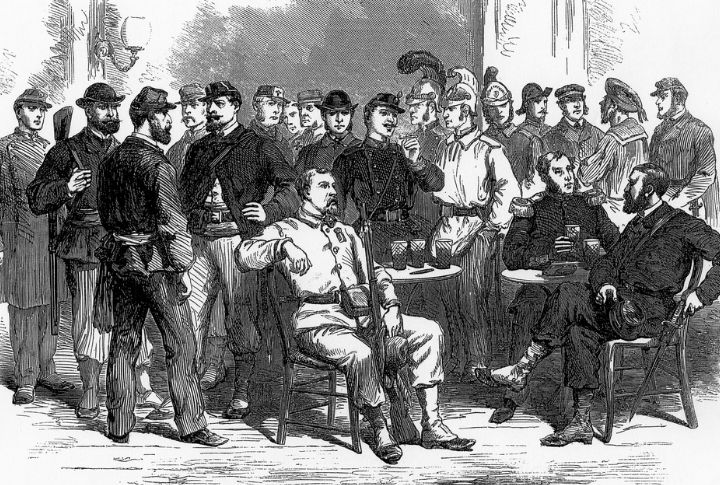
The Franco-Prussian War wreaked havoc on Vuitton’s business. His workshop was looted and destroyed during the conflict. Unfazed, Vuitton relocated and rebuilt his business in Paris, establishing himself in a prime location, which helped propel the brand to greater heights.
Family Innovation

Louis Vuitton’s son, Georges, played a key role in the brand’s development. In 1886, Georges invented a lock system for the trunks so secure that he even challenged Houdini to escape from one. Georges also created the now-iconic LV monogram in 1896 to honor his father.
Living Where He Worked

His passion for craft extended to his living arrangements. In 1878, he built two houses near his workshop to stay close to his work. The original home still stands today, preserving the legacy and history of one of the world’s most influential luxury brands.
First LV Store
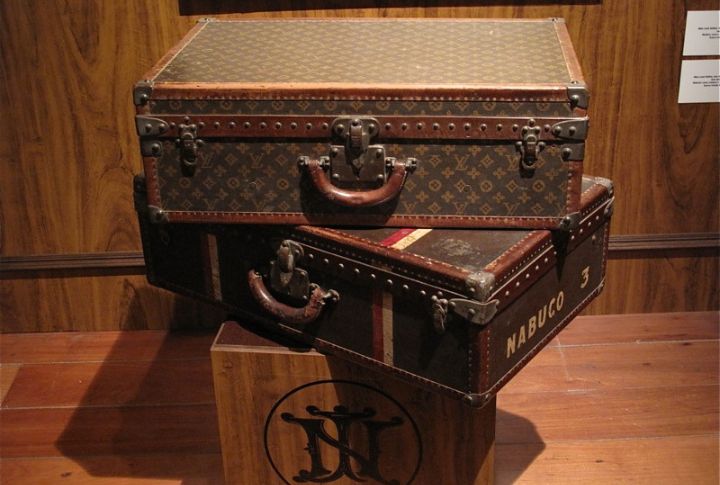
In 1854, Vuitton opened his very first shop in Paris at 4 Rue Neuve-des-Capucines. At the time, his focus was entirely on creating luggage. His innovative stackable square trunks quickly gained popularity, which drew in high-end clientele, such as European royalty.
The Alma Bag’s Famous Origins
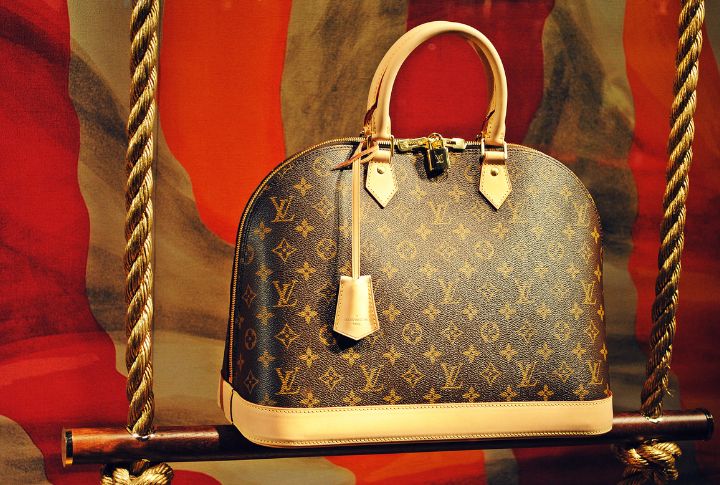
The iconic Alma bag was first designed for Coco Chanel in 1925. Originally a custom piece for Chanel, it wasn’t made available to the public until the 1930s. Today, the Alma bag remains one of Louis Vuitton’s most recognizable and sought-after designs.
